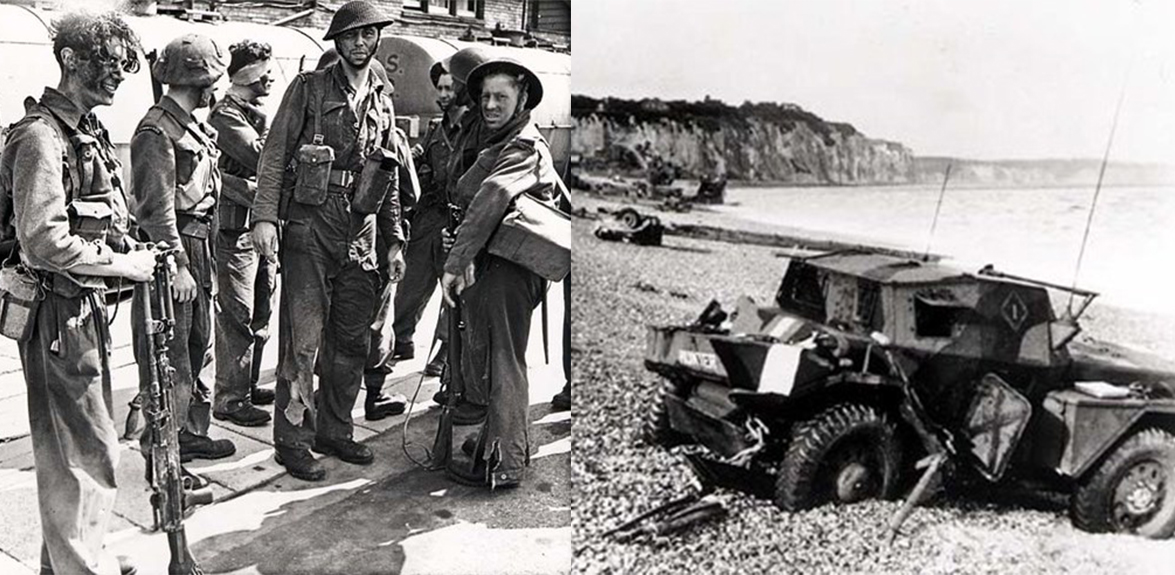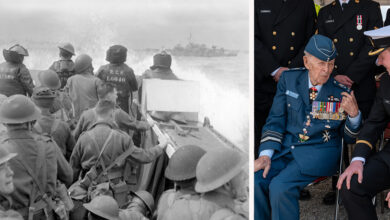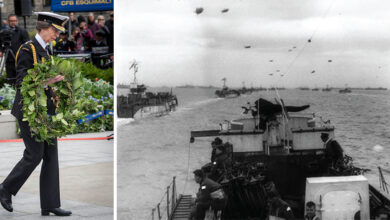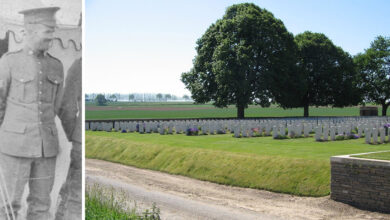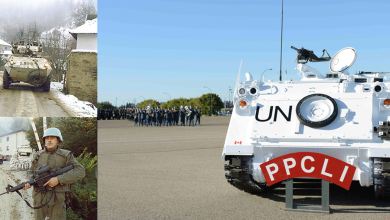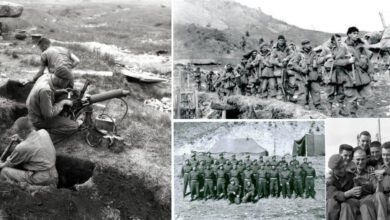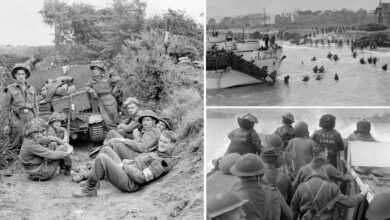History
Commemorating the Dieppe Raid 78 years later
Above image: Left, Exhausted but alive, these men are happy to be back in England after nine hours in the Dieppe inferno. Department of National Defence / National Archives of Canada PA-183775. Right, Dieppe’s pebble beach and cliff immediately following the raid on August 19th, 1942. A scout car has been abandoned.
Department of National Defence / National Archives of Canada, C-029861.
This weekend marked the 78th anniversary of the Dieppe Raid. The single bloodiest day of the war for Canadian troops.
The Dieppe Raid, code-named Operation Jubilee, was a pivotal moment in the Second World War and took place on August 19, 1942.
Allied land, air, and sea forces were sent to test German defences, damage enemy shipping, and port facilities, and gather intelligence to defeat Nazi Germany. But the raid did not go as planned and quickly turned to tragedy.
The Raid on Dieppe offered invaluable lessons for the successful D-Day invasion, two years later, in 1944, saving countless lives in that momentous offensive.
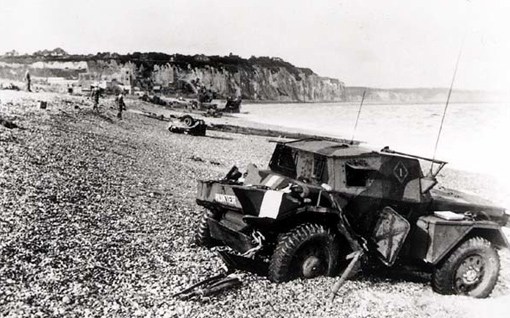
Department of National Defence / National Archives of Canada, C-029861.
To mark the occasion, Prime Minister Justin Trudeau, stated, “Today, we honour the brave Canadians who fought in the Dieppe Raid, the bloodiest day of the Second World War for Canada. On this solemn anniversary, we remember the thousands of Canadians who served and sacrificed so much at Dieppe, and thank all our veterans for defending the values of peace, justice, and freedom we enjoy today. Lest we forget.”
Nearly 5,000 of the 6,100 troops in the raid were Canadians. The remaining forces consisted of approximately 1,000 British Commandos and 50 American Rangers. The attack was supported by eight Allied destroyers and 74 Allied air squadrons, eight belonging to the Royal Canadian Air Force (RCAF). Major-General (MGen) J.H. Roberts, Commander of the 2nd Canadian Division, was Military Force Commander, with Captain (Capt) J. Hughes-Hallett, Royal Navy (RN) as Naval Force Commander and Air Vice-Marshal T.L. Leigh-Mallory as Air Force Commander.
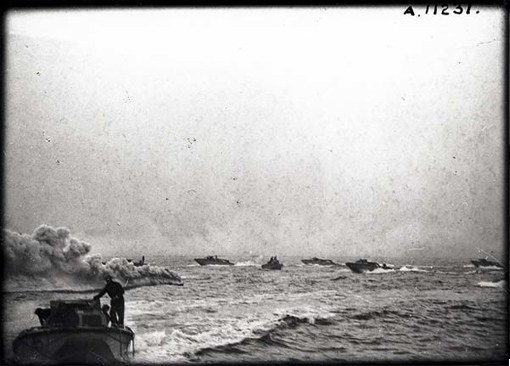
The men came ashore at five different points along a 16 kilometre-long stretch of heavily defended coastline. Four of the attacks were to take place just before dawn at points east and west of Dieppe, while the main attack on the town itself would take place half an hour later.
The landing craft on the eastern flank encountered a small German convoy, starting a sea-fight, alerting the German coastal defences. The Royal Regiment of Canada came ashore at Berneval and Puys, and they were met with intense fire as the landing was delayed giving them no cover of darkness or element of surprise.
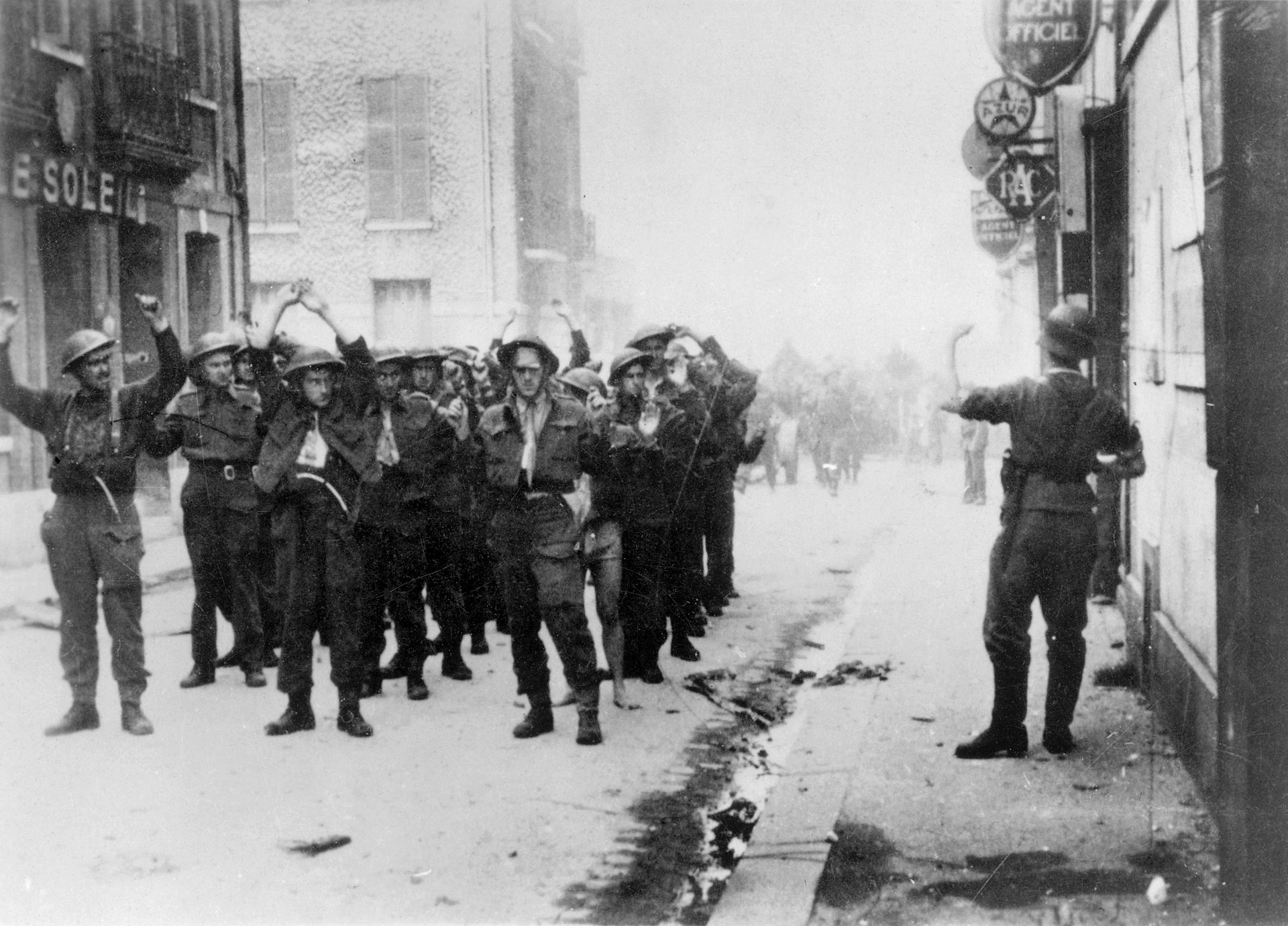
“Seventy-eight years ago, on August 19, 1942, one of the most tragic days for Canada during the Second World War and in all of Canadian military history took place on the beaches of Dieppe, France. We remember those who made the ultimate sacrifice, those who spent years in prisoner of war camps, and those who came home damaged in body and in spirit. We remember those who will never grow old so that future generations can live in peace. We remember all Canadians who served, and who continue to serve, in the cause of peace and freedom,” said Lawrence MacAulay, minister of veterans affairs and associate minister of national defence.
Some objectives on the western flank were achieved, and the enemy gun batteries at Varengeville were destroyed. In Pourville, the South Saskatchewan Regiment and the Queen’s Own Cameron Highlanders came ashore and pushed towards their goals. The mounting German resistance, however, would force them to withdraw with heavy losses.
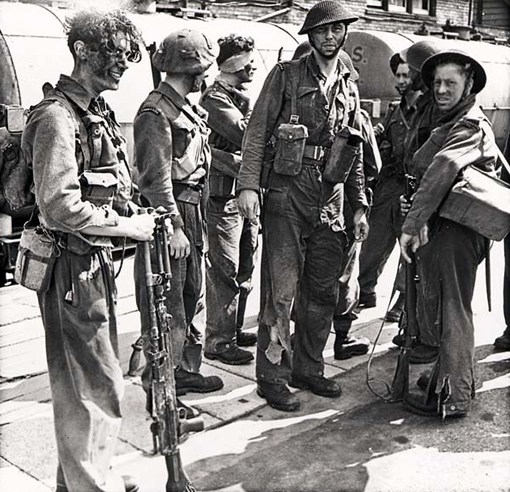
The main force going ashore at Dieppe was behind schedule and landed as daylight was breaking. The German troops cut down many Canadians, but many soldiers still fought their way across the cobblestone beach to the relative protection of the seawall.
The same cobblestones and seawall made it hard for the Allied tanks to move off the beach, and the fierce enemy fire prevented engineers from clearing the way for them to push their way into the town.
Small groups from the Royal Hamilton Light Infantry and the Essex Scottish Regiment were able to fight their way into Dieppe’s streets.
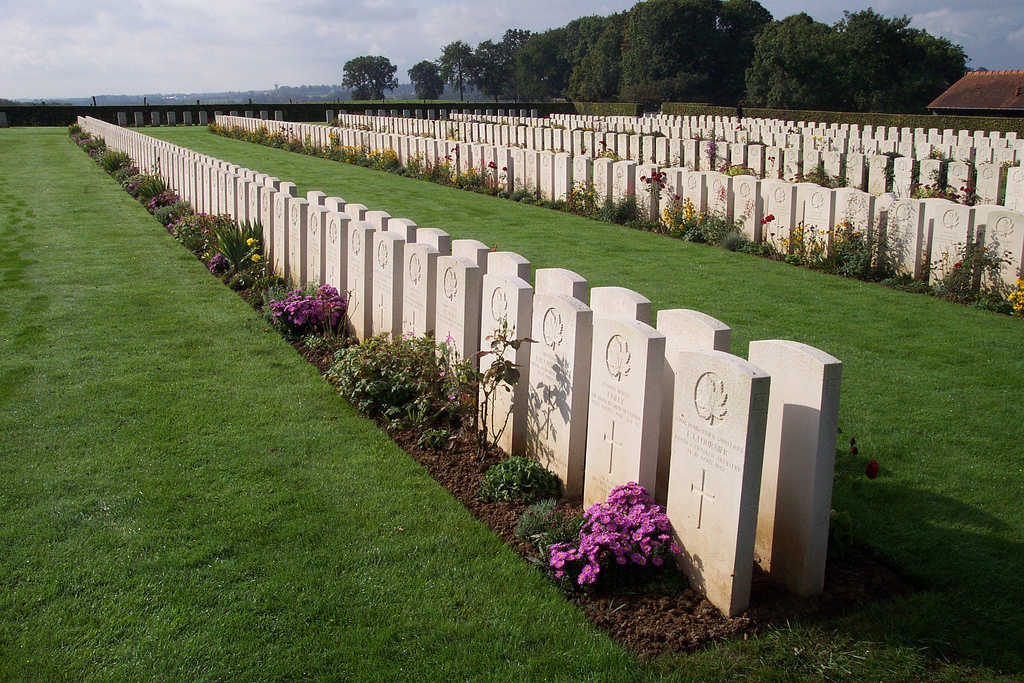
The raid could not continue, and troops began to retreat as they took heavy fire and significant losses. Many of the men were taken off the beaches under heavy fire, but by early afternoon the last boat had departed. Left in a hopeless situation, the remaining Canadians were forced to surrender, bringing the raid to an end.
Of the 4,963 Canadians who participated in the operation, only 2,210 returned to England, and many were wounded. There were 3,367 casualties, including 1,946 prisoners of war; 916 Canadians lost their lives.


